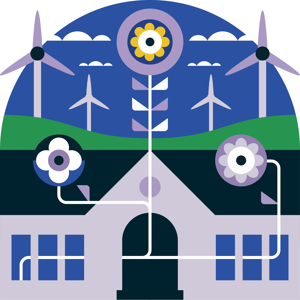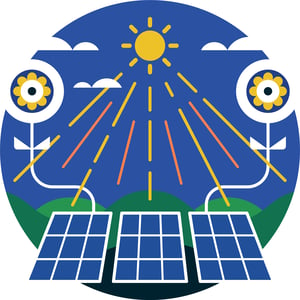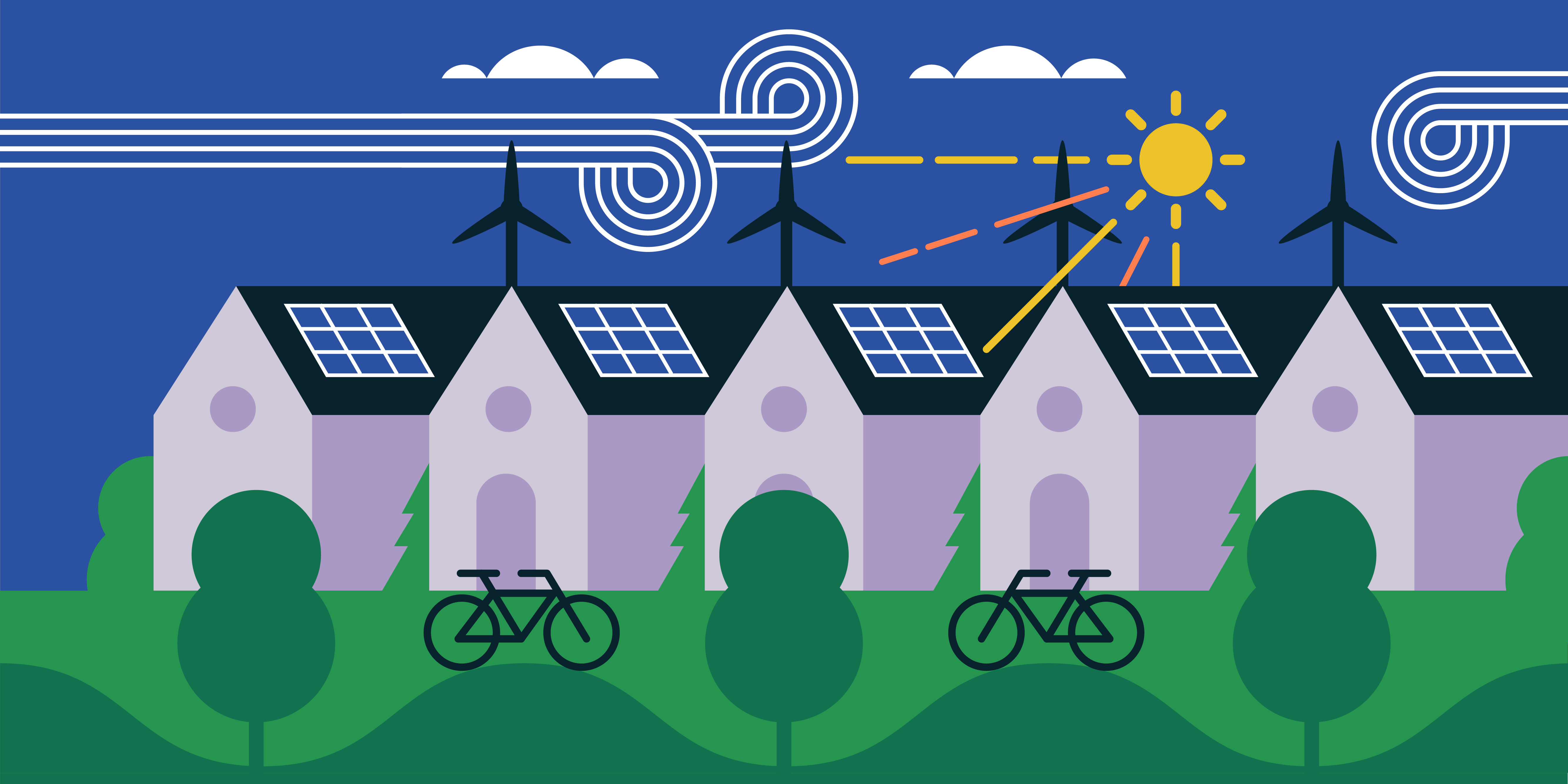Power to the people: communities working together for better energy use
It’s power to the people: across the UK, individuals, communities, cities and local authorities are increasingly controlling and producing their own renewable energy.
In fact, 275 community energy organisations were identified throughout England, Wales and Northern Ireland in a report published this year.
They’re following the example set in continental Europe, where community energy schemes are widespread: in Germany, 25% of all renewable energy is owned by community projects, while in Denmark almost every town or village has its own community-owned renewable energy projects.
It is thought that community energy will play an increasingly important role as the UK and other countries transition towards a smarter, more flexible and lower-carbon energy system.
Here’s just a taster of some of the schemes, regional and local initiatives – as well as trials of new technology – from around the UK that are tackling energy generation, control and efficiency a little differently.
A UK first
Oxfordshire is home to the Westmill Solar Cooperative, the UK’s first community-owned solar farm. Next door is Westmill Wind Farm. Both sites are owned by the surrounding residents and a large proportion of their profits go back to the local community.
They also encourage visitors, who they educate about renewable energy, and claim to help raise the local area’s profile.

Powering schools in Kensington
Launched in 2018, the award-winning North Kensington Community Energy project has installed 289 solar panels on two primary schools and a community centre, with more planned for 2020. The panels will save up to 32 tonnes of CO2 a year from being pumped into the atmosphere, while the electricity generated is to help power the schools and create a community fund of £28,000 for local groups.
Local residents, businesses, councils and other stakeholders can invest in the society by buying shares and becoming shareholders and members. Membership for residents of the borough is just £1, so no one is left out.
Reducing voltages in the North West
Electricity North West has found that it could lower the grid’s voltage by enough to save on energy without noticeably slowing household appliances or causing light bulbs to flicker, according to an article in the Guardian.
The scheme, the fruits of “Smart Street” trials over four years, could save millions of pounds on energy a year - or £60 from a household’s annual electricity bill - and cut carbon emissions without people noticing any difference, says the local network company.
Essex retrofits
Some new projects are taking inspiration from the Dutch Energiesprong model of retrofitting homes and making them more energy efficient; a process which takes just 10 days.
UK trials using this technique include a zero-carbon home retrofit project launched in the Essex town of Maldon this year.
The pilot scheme - run by Moat Homes and ENGIE and supported by EU funding - is providing energy efficiency improvements to five existing houses. Green features reportedly being used include roof-mounted solar panels, battery storage, special wall panels to make the properties airtight and energy efficient pitched roofs.

The UK’s largest community solar farm
The UK’s largest community solar farm can be found near Stratford-upon-Avon. The 60,000 solar panel Heart of England Community Energy solar farm has the capacity to generate 14.7MW of electricity – enough to power around 4,500 homes.
The site is used both to generate clean solar energy and provide battery storage services to the grid. Profits from the solar farm support a fuel poverty advice service run by local charity Act on Energy and a community grant fund.
A virtual power plant
So-called virtual power plants are the future. For example, in West Sussex, a virtual power plant is being created to link solar panels, batteries and electric vehicles in hundreds of homes, schools and council buildings.
It’s hoped the scheme will cut energy costs by 10%, save nearly 2000 tonnes of CO2 emissions a year, and would save the UK £32 billion if rolled out nationally.
• • •
With Loop, you can find out how you use electricity, then make smart decisions about using less - click here to find out more. We have a risk-free, no-quibble, money-back guarantee as standard, so what's to lose...apart from some £££ from your bills and some weight from your carbon footprint?







